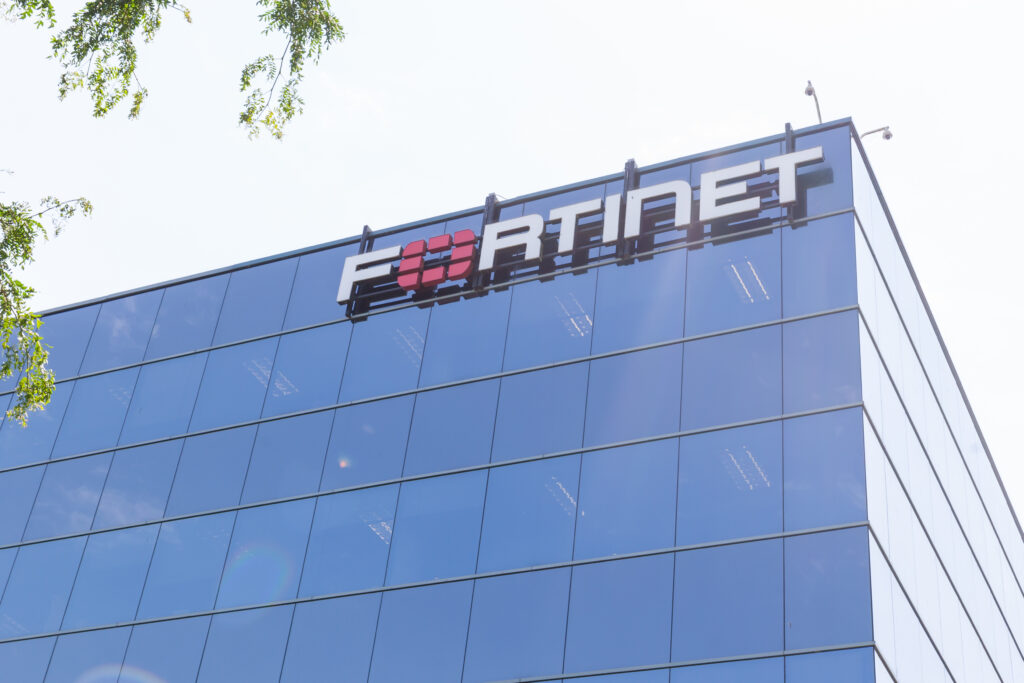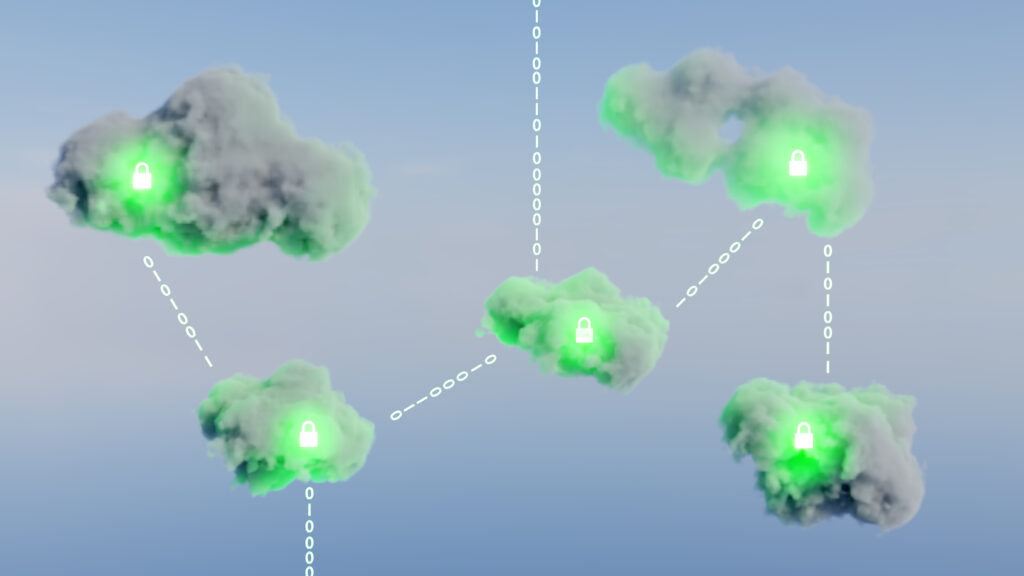Enterprise networks look very different today. With hybrid work, remote access needs, SaaS platforms, and IoT devices, traditional security models are stretched to their breaking points. SASE, or Secure Access Service Edge, brings a Software Defined Wide Area Network (SD-WAN) together with cloud-delivered network security functions, such as a secure web gateway (SWG), cloud access security broker (CASB), firewall as a service (FWaaS), Zero Trust Network Access (ZTNA), and next-generation firewall (NGFW) capabilities.
This cloud-native architecture lets IT teams enforce policies in real time and adapt to the needs of modern enterprise networks.
SASE explained
The SASE model is an architectural concept that describes a new way of merging networking and security services into the cloud for enterprise networks. The SASE framework formalizes this convergence of networking and security into a single cloud-native model. Closely related, SSE (Security Service Edge) focuses only on the security stack, without the SD-WAN component.
To put it another way, SASE is a SD-WAN with integrated cloud security functions, such as a SWG, a CASB, FWaaS, ZTNA, and NGFW capabilities. The result is a consistent set of cybersecurity policies that IT teams can apply to branch offices, cloud apps, and remote workers to plug the holes left open by older virtual private network (VPN) connections or on-premises data centers. These are common SASE use cases in enterprise networks.
SASE architecture aims to minimize latency, maximize bandwidth, and enhance the end-user experience while also delivering the scalability that organizations require to support digital transformation. Traditional VPN and Multiprotocol Label Switching (MPLS) architectures often route all traffic through a single connection point, creating potential bottlenecks and a single point of vulnerability. SASE, by contrast, applies cloud-delivered security services at the application and session level, enabling granular access control and policy enforcement that reduces exposure to threats such as phishing and malware.
The objective of SASE services is a stronger security posture with uniform protection and real-time optimization for all endpoints, cloud apps, and SaaS applications. These are among the core benefits of SASE. Resources such as What Does SASE Mean? and What is Secure Access Service Edge highlight how organizations are rethinking network architecture, while potential rollout pitfalls can create compliance gaps that IT teams need to account for.
Challenges for organizations
Adopting SASE can often feel more difficult than organizations anticipate. Coordinating multiple vendors and point solutions often means that IT teams lack complete visibility into their environments, making it a challenge to manage consistent security policies across the organization. While cloud services should enable simplicity, the proliferation of tools actually results in more effort, not less.
The issue only becomes more pronounced when apps, cloud services, and endpoints are distributed across branch offices and remote users. Existing firewall features can help secure your network and protect on-premises users, but traditional architectures cannot keep pace with SaaS adoption, IoT traffic, and hybrid connections, especially when backhauling cloud traffic through centralized data centers.
Another operational issue is ensuring compliance and meeting audit requirements. If security and networking elements are not managed from a central platform, such as the Tufin Orchestration Suite, audits become something organizations fall behind on, and regulatory risk is amplified. This guide compares SASE providers with SD-WAN and security coverage, highlighting the importance of a consolidated approach to policy management in helping organizations remain audit-ready.
A common thread through these operational issues is scalability. Teams should be able to rely on a SASE platform to reduce latency and provide a better user experience, but when tools do not integrate with each other, traffic routing suffers. As this article on SASE explains, performance gains can only be made when networking and security are managed as one unified system.
Solutions with policy visibility and control
For many enterprises transitioning to a secure access service edge, maintaining consistent policies between on-premises infrastructure and cloud environments has been a significant challenge. Branch offices, remote users, and cloud-based applications have all contributed to this growing complexity. Teams that use Tufin Orchestration Suite can now achieve better visibility into their policies as they exist across on-premises and virtualized networks, and take action to close policy gaps and reassert control.
Automation can also lighten the burden on overextended IT teams. Real-time updates to policies can reduce the risk of configuration errors, and in-line compliance validation can make regulatory audits easier to manage. Tufin simplifies network complexity with a unified control plane that delivers centralized visibility, automated policy orchestration, and continuous compliance across hybrid environments.
Stronger policy management also means better support for innovation and growth initiatives. Improved governance helps drive alignment between application enablement and security policy management, allowing organizations to support the expansion of SaaS platforms, IoT initiatives, and new applications while maintaining protection for sensitive data and resources.
Integration helps make this possible. The ability to integrate SD-WAN, ZTNA, and CASB with core security capabilities like SWG, FWaaS, and data loss prevention (DLP) can help organizations build a more robust and comprehensive SASE solution. Resources like the Core Components of SASE can provide additional industry perspectives on how this integration can lead to more scalability, lower latency, and improved end-user experience across the enterprise.
Why SASE matters for organizations
A trusted SASE solution should provide the enterprise network with both predictable performance and strong protection. By combining networking and security policies under a unified, cloud-delivered management approach, IT teams can simplify operations and enable consistent, real-time visibility and control for branch offices, remote users, IoT devices, and cloud applications.
With authentication, intelligent routing, and security services such as DLP to prevent malware, users enjoy a seamless experience, and IT teams can look to the future with confidence. For those evaluating SASE vendors, now is the time to get a demo and see how it can simplify control across endpoints and points of presence.
Frequently asked questions
What is SASE, and why are organizations adopting it?
SASE, or Secure Access Service Edge, unifies networking and security into a single cloud-delivered service. The result is that IT teams have to manage fewer tools and a single pane of glass for consistent security policies spanning branch offices, remote users, and cloud apps.
See how your SASE implementation might be creating compliance gaps.
What is SASE compared to other security solutions?
Traditional firewalls secure the data center, but they weren’t built for cloud services and remote users. SASE converges tools such as SWG, CASB, ZTNA, and FWaaS to make user access faster and more secure by incorporating additional security checks that prevent malware from spreading.
Explore the firewall features you need to secure your network.
What should enterprises look for when evaluating SASE vendors?
Enterprises commonly consider a SASE platform’s scalability, integration with SD-WAN, and support for cloud applications, among other factors. Because vendors have a range of security capabilities, thorough comparisons allow IT teams to find the best fit for their organizations.Review top SASE providers with SD-WAN and security coverage.
Ready to Learn More
Get a Demo





